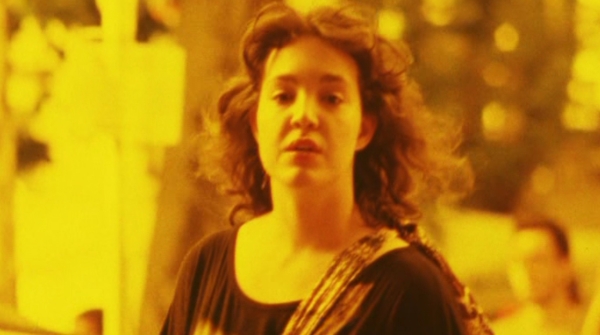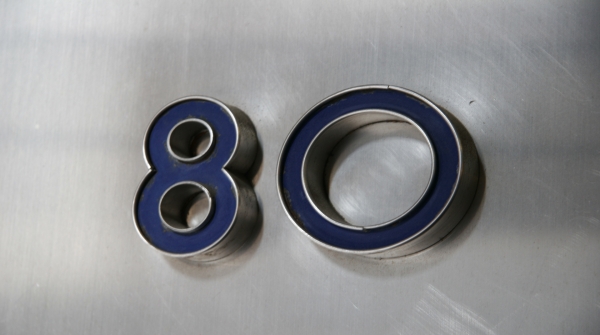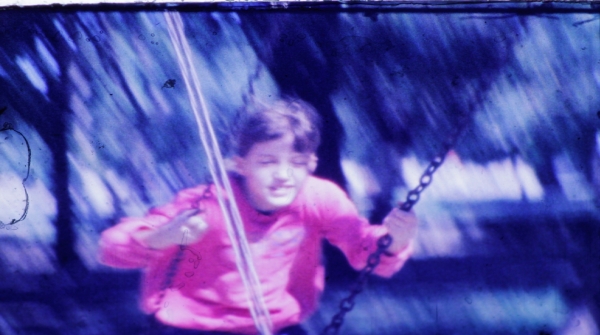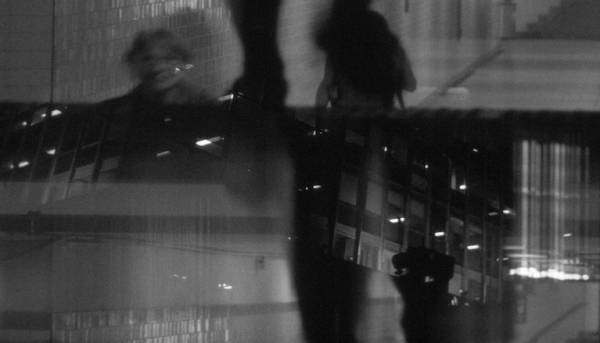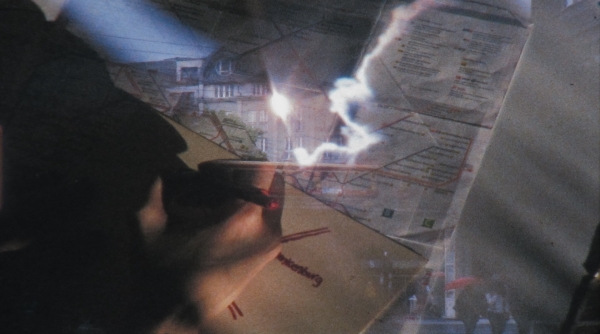Program
2024
ELECTRICAL GAZA

Focus Rosalind Nashashibi
Alla presenza della regista e del curatore
In Electrical Gaza, Nashashibi combines her footage of Gaza, and the fixer, drivers, and translator who accompanied her there, with animated scenes. She presents Gaza as a place from myth; isolated, suspended in time, difficult to access, and highly charged. A film commissioned by the Trustees of Imperial War Museum, London, UK.
Credit photo: Emma Dalesman
La Tela Real is the title of a huge painting by Velázquez kept at the London National Gallery. Oil on canvas (182x302 cm), tela precisely, but the royal canvas is the ephemeral enclosure that allows representing King Philip IV’s wild boar hunt, leaving the curious or distracted viewers safe. In 2020, when she was the first artist-in-residence at this museum in London, Rosalind Nashashibi observed the Spanish paintings carefully. Her Winter Solstice was inspired by Velázquez’s composition, i.e., an oval perimeter crossed on the left side by a tree, and adapted it to a different subject, a human figure bathing in the landscape, immersed in a tub of water shaped just like the arena in the royal canvas. The result is mysterious – is it perhaps an allegory? From painting, both as a practice and as a discipline, Nashashibi retained a fundamental assumption: each representation necessarily evokes another, according to a series of shifts, adjustments, translations or, at times, second thoughts. The same could be said about her filmmaking, or maybe we could go even further and say that, just like in Eyeballing, everything or almost everything becomes an image (pareidolia). However, here the accidental image was found. Or better, it is the result of an encounter. Perhaps all of Rosalind Nashashibi’s films, in their heterogeneity, are under the aegis of an encounter: a text (as in Carlo’s Vision with Pasolini’s Petrolio), a place (Electrical Gaza), a (double) portrait, as in Vivian’s Garden. According to Nashashibi, “the materials themselves, i.e. things, are tangible in my films. People, situations, or places, sometimes even exceptional, are indeed featured in my works, but on closer inspection they actually deal with how people touch these things, or with the space between people, or between people and things.” The solitary activity of painting (there couldn’t be a lonelier residency than at the National Gallery, at the height of the pandemic) is accompanied by a more sociable, if not collective, one. The feature Denim Sky is a sort of sci-fi adventure starring family members and friends, an interstellar journey with not too many frills, as if it were a daily routine. If we interpreted the title literally, it would be like wearing denims. Their blue canvas is ultimately the same colour as the sky.

Rosalind Nashashibi (born in Croydon, 1973) makes films which reveal the rhythms and patterns of everyday life, and explore the boundaries between reality and fiction. Although she uses real situations, Nashashibi is not interested in documenting real life in an anthropological manner. Rather, she is fascinated in the rituals played out by social groups, such as families, community groups, and students. She explores the passage of time and the ways in which we interact with our environment and with each other, finding interest in everyday situations. Her films have been exhibited internationally for two decades, though since 2014 she has returned more and more to painting, which she initially studied in Sheffield and at the Glasgow School of Art. In 2020, Nashashibi was the National Gallery’s first-ever artist-in-residence. She has recently completed a new film, titled Denim Sky (2022). Four years in the making, this trilogy explores time travel, community, and communication. In recent years, Nashashibi has had presentations at Documenta 14 (2017); fka Witte de With, Rotterdam (2018–19); Secession, Vienna (2019); and CAC Vilnius (2022).
Credit photo: The National Gallery
Interview a Rosalind Nashashibi
Enrico Camporesi
In Denim Sky, your most recent feature, painting is given an important part with out really being the subject matter of the film. We see closeups of Emil Nolde’s paintings at the end of Part 1 and, later on, the characters are filmed in relation with other artworks. I am thinking of the reflection on the glass pane of Red Lacquer by Stanley Cursiter, or the Spanish paintings in the National Gallery. Also, the shooting of the film took place at a moment in which you had already took up painting again. I wanted to know how do you see the relationship between the two – are they parallel trajectories, or convergent ones?
I took up painting seriously again in 2014, four years before starting part one of Denim Sky in 2018. It’s a question that comes up a lot, but the relationship doesn’t easily resolve itself into a description. The continuity between film and painting can be seen in my approach, that is to push images and experiences to reveal themselves to me in a moment of comprehension. I perceive a motif that intrigues me, whether it is Elena [Narbutaite ̇] talking about her great aunt’s chin exercise reflected through a painting of red lacquer tea accoutrements, or two crystal swans entwined, and look at it more deeply through filming or painting it. In this way, I’ve hoped to describe moments that crystallise into something more enduring and fascinating. Those things are happening for the first time as far as I’m concerned; I’ve made something happen on film or in painting that I wanted to see, in order to pick apart the first impulse. Maybe that’s why you often see vignettes in my films, little scenes in quotation linked like beads on a string, as in motifs transforming across the paintings. Finding the connection that describes a relationship is the ongoing motivation for making the work.
Let’s stay on connections, and maybe on painting as well: in 2017, Vivian’s Garden inaugurated a new direction in your work. Could we say that you had not explored the portrait form in film previously? The encounter with Vivian Suter and Elisabeth Wild, both painters, allowed you to think of the interplay of observation and participation in different terms?
Yes, that’s true, and I think that encounter changed my life. Elisabeth and Vivian, mother and daughter both already elderly, were living in two houses they had built on a piece of land in Panajachel, Guatemala, that they had cultivated into a kind of semi jungle. It was the way that care and art making were fused in their matriarchal compound that inspired me to make Denim Sky, and to seek to pull down the barriers between my personal life and my work. They showed me how creativity can be the driving force of living, which, as a newly single parent, gave me hope and a path to look for joy rather than conflict between my duties and my art making. But to answer your question more directly – all that led me to participate fully rather than watch quietly. This also reminds me of something my mother once said: “we must not exclude ourselves.”
I would suggest that even when you watch quietly, I think most of your shots are not disembodied views. I am thinking of the New York Police Department sequences in Eyeballing, one of the early works we are showing in the programme, that you consider as a break away from the observational films you had made previously. In its search of visual archetypes, it becomes something more abstract. Was it a planned change or was it a more inductive movement that led you to this new form?
It was an intentional change I made with Eyeballing. I decided I wanted to be more explicit with the viewer about what interested me, as filming groups of people could lead to an idea of back story and narrative that wasn’t particularly on my mind at the time. In 2005, I decided not to include people as that may suggest a story, but to include only archetypal images, such as ‘faces’ in architecture or objects framed by my camera, where three points, holes, or marks seem to form a face through a kind of magnetic pull into recognition, and juxtapose those images with NYPD cops in uniform. This is an example of investigative work towards new understanding on my part. I felt that the way we perceive faces in inert surfaces is to do with a kind of internalized controlling element; we project and see ourselves in the outside world, rather than real difference, rather than the other. And the cops for me are a symbol of regulating external control. In fact, their uniforms function almost like the tyranny of seeing faces – see this and know your limits.That’s my understanding of Eyeballing but it is an open work, and others have seen it more as a study of post 9/11 hyper awareness and surveillance, particularly as it is filmed at the first precinct in TriBeCa, which was hugely impacted by the attack.
Each film can of course be read differently, and it is also true that the films in the selection are all very different. There is the “text-based” work (Carlo’s Vision), observation (Open Day), readymade pareidolia (Eyeballing), portraiture (Vivian’s Garden), and even animation (in Electrical Gaza). Naturally the programmes are assemblages of different times and genres. But what if there was a common thread? And what is the role of fiction in there?
Enrico maybe you can answer that one? ;)
(This interview was conducted by email in May 2023)
ALL SCREENINGS ARE FREE
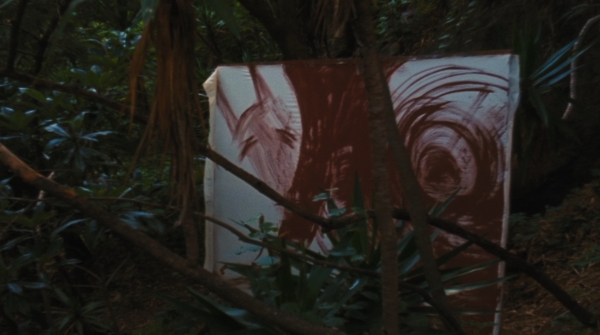

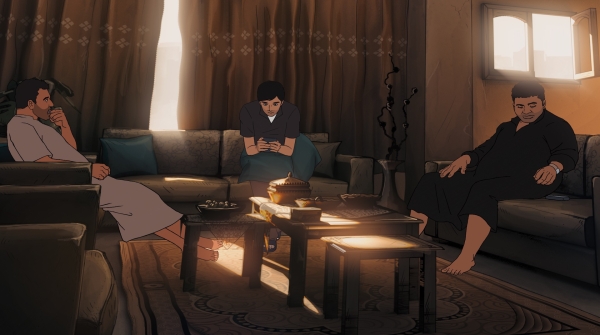
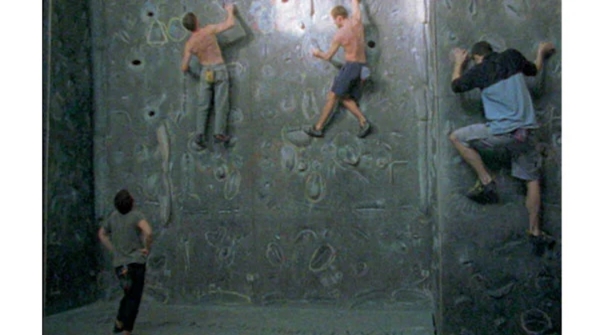

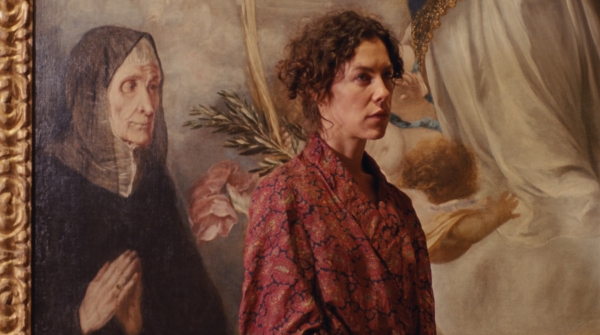
 </p
</p